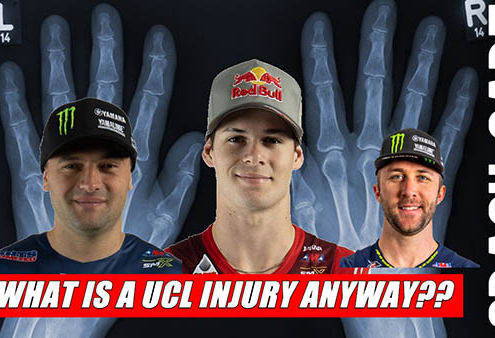 https://whiskeythrottlemedia.com/wp-content/uploads/2024/07/CRASH-CART-What-Is-a-UCL-Injury.jpg
338
600
WTM
https://whiskeythrottlemedia.com/wp-content/uploads/2022/09/logo-2022.png
WTM2024-07-08 12:43:202024-07-08 12:43:20THE INJURY THAT ENDED JETT, ELI and WEBB
https://whiskeythrottlemedia.com/wp-content/uploads/2024/07/CRASH-CART-What-Is-a-UCL-Injury.jpg
338
600
WTM
https://whiskeythrottlemedia.com/wp-content/uploads/2022/09/logo-2022.png
WTM2024-07-08 12:43:202024-07-08 12:43:20THE INJURY THAT ENDED JETT, ELI and WEBBVolume 1
Falling is part of the sport of Motocross. It’s not a matter of if you hit the dirt, it’s when. And some falls are harder on us than others. For many reasons, hitting our head is often misunderstood and even blown off as “not a big deal.” We talk about “ringing our bell” and “taking a dirt nap” all while getting back on our bikes for more track time or to line up for the next moto. I want to take some time to provide an overview on concussions, give some insight as to how to tell a mild traumatic brain injury, or “mTBI”, from a major head injury and help you understand how to deal with concussions, even before they happen.
What’s a concussion, you ask? In a literal sense, it’s a bruise on your brain. When you hit your head, your brain has a potential to collide with the inner wall of your skull. Hit hard enough, and this can cause bruising on the brain (or even frank bleeding, which is bad. More on that later.) This bruise typically causes some swelling, chemical changes, and sometimes cellular damage.
In my clinical practice, I use this analogy to describe concussions: imagine an old switchboard–you know, the big boards we used to use to connect phone calls? (kids, ask your grandparents). Imagine that switchboard is your brain. A concussion takes a baseball bat to that board–knocking around all the wires and leaving stuff a disorganized mess. The older you are, the bigger the switchboard, and the more work for those operators to put things back in order. This explains why concussions are harder on us older folks.
When you sustain a concussion, your symptoms can vary wildly depending on severity, and no two people’s concussions are alike. Your symptoms can look like you’re intoxicated; you stumble, you’re forgetful, and have personality changes. You may get a headache, feel “off” or have trouble retaining information and staying focused. Also, noises or lights can affect you.
There are some danger signs one should be able to recognize in the event of a more significant injury. Signs like one pupil being larger than the other, unable to stay awake, persistent vomiting or seizures, or generally worsening symptoms warrant some emergent care. These could be signs of life-threatening issues like a bleed on your brain or a fractured skull.
You don’t have to lose consciousness to have a concussion either, even a severe one. In fact, fewer than 10% of concussions involve loss of consciousness. That’s tough if you’re a parent trying to determine the severity of your kid’s crash, or if you’re trying to decide if you should race that second moto after hitting your head.
The short answer is, no, you shouldn’t race that second moto.
There are risks for more significant issues if you return to activities too soon. There is a phenomenon called “second impact syndrome”, or SIS, that can occur if you return to sport too quickly and get a second concussion. In my switchboard analogy, this second concussion is like skipping the baseball bat and picking up a bazooka, obliterating that switchboard to pieces.
You’re more likely to have emergent complications, like brain bleeds or strokes. The good news is that SIS is rare and completely preventable, so don’t fret about gluing your switchboard back together.
Now that we have a broad overview of what concussions are (and how significant they can be), let’s put that knowledge to use.
Tip number one: get a baseline test! Nowadays, concussion protocols are standardized across the board, and medical providers follow the same metrics to measure how concussions affect each individual patient. Every AMA Pro who lines up for a Pro Motocross or Supercross race has to have what’s called a “baseline concussion test,” or an imPACT test. Anyone over the age of 5 can take the test, and it’s as simple as answering questions on a computer. It takes a few minutes, and it should be done yearly. It’s reviewed by your provider, and if you ever sustain a concussion, you repeat the test, and the provider will have the baseline to compare results. This test is a tool that’s used objectively to help make the ever important decision: “When can I get back on my bike?”
This is just one tool, and it doesn’t replace a good physical and neurological examination from your trusty provider. As with any return to activity after an injury, you gotta start with the basics. In this case, the first order of business after a concussion is “brain rest.” Brain rest refers to shutting down the body and mind; I tell my patients not to read a book, play video games, scroll TikTok… complete brain rest. Get sleep in a cool, dark room and let your body do its thing. It’s not glamorous, but it’s the best way we have found to get control of your concussion symptoms.
From here, we start a gradual return to normal life. In short, if the activity doesn’t recreate symptoms, then it’s okay to do that activity. I typically recommend not to add more than one activity in a 24-hour period. If you do light activities (Like walking or reading a book) on Tuesday, and you have zero concussion symptoms following those activities, add a moderate activity (like a light jog or puzzle) on Wednesday.
When it comes time to get back on the bike, that same mentality is in effect. Start with a slow ride, in a straight line on a smooth or flat surface. As you test the waters, you’ll get an idea as to how fast you can add more complex activities. If at any point your concussion symptoms resume, it’s time to hang it up for the day and start again tomorrow.
Here are some things to consider:
There are a lot of pros that will go into the concussion protocol and you, the fan or spectator, will never even realize they were in such a protocol (everyone is so hush hush…). The rider was placed into the concussion program during a race on Saturday, they repeated their imPACT test, they worked their tail off to recover during the week, and they passed a neurological exam by the Alpinestars Mobile Medical Unit prior to practice the following week. That’s all well and good–they’re pros, and they’re paid handsomely to do all in their power to be on the line every week. And that includes taking care of their body. If you’re reading this, you’re likely a professional something-else-other-than-motocross-racer, and you have school, jobs, kids… other responsibilities to handle. My point is, your recovery might go slower than the elite athlete pro motocrosser. It’s imperative that you take your time and listen to what your body is telling you.
Here’s something else that’ll likely ruffle feathers: There’s not a single helmet on the market that’s concussion proof. Since it’s the brain that’s bumping into the inside wall of the skull, there’s no way of stopping that from this side of your noggin. I think helmet companies are doing a fantastic job at mitigating risks and, honestly, despite going about it in their own respective ways, most of them are offering superior cranium protection… especially compared to the helmets of my childhood.
With regards to your helmet, don’t store it in super-hot areas long-term (like in your moto van in the scorching sun). If you crash, and your helmet takes a good smack, you will need to replace the foam EPS at a minimum, maybe even the entire helmet. It’s a small price to pay to keep your head safe. Finally, if the pads start to wear out, most, if not all, helmet companies sell replacement cheek pads and liners. The most important thing about your helmet is that it fits right. A proper fitting helmet can lead to a 40% decrease in concussions, no matter what technology you’re sporting in your lid.
While AMA Pro Racing has established rules and protocols for concussion management, it’s basically the wild west on every other level of American Motocross racing. It’s a problem without a clear-cut solution. While traditional ball-and-stick sports have organizing bodies all the way down to your two-year-old T-Ball league at the local ballpark, motocross is, regrettably, without any such organization. This puts the onus on the rider and the rider’s family to do the correct thing. The CDC has developed a useful and quite robust program on concussions called “CDC Heads Up” where you can learn all you ever wanted to know about concussions and the commonly accepted return to activity guidelines. You can even get a “head’s up certification,” which I believe track owners, team managers and moto parents should seriously consider obtaining.
Head injuries are no joke. I’ll be the first medical provider to let athletes return to play for bone and joint injuries, but for head stuff, it’s best to play it safe. Take your time, be guided by a good healthcare provider who treats concussions, and replace that worn out lid with something that fits. You’ll be ripping again in no time.
Arden Ballard, MS, PA-C, ATC is a Physician Assistant and Certified Athletic Trainer in the greater New Orleans, LA area. He has over 15 years of medical practice experience in sports medicine, orthopedic surgery and urgent care. He has worked extensively with Olympians, X-Games athletes and the world’s best motocross racers throughout his career, and he has provided trackside medical support for amateur and professional racers since 2005.
Email: arden.ballard@gmail.com
Leave a Reply
Want to join the discussion?Feel free to contribute!

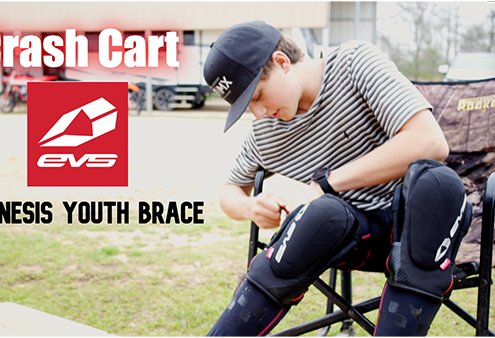
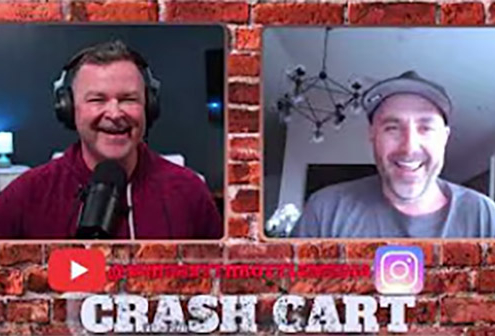
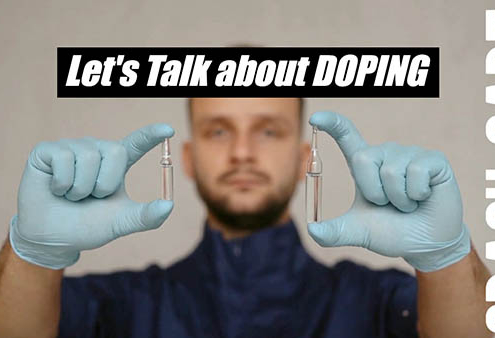
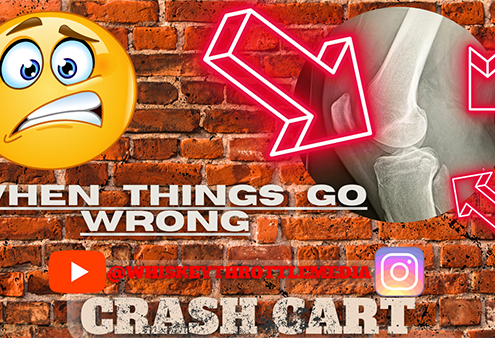
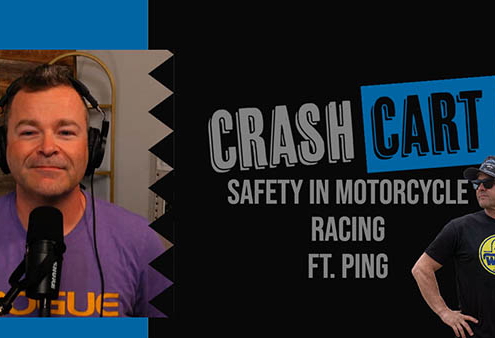
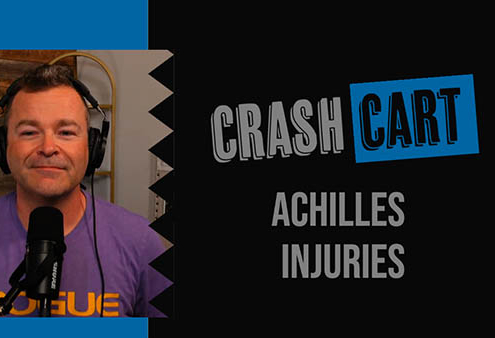
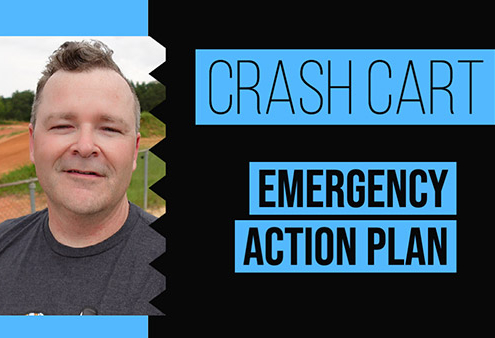
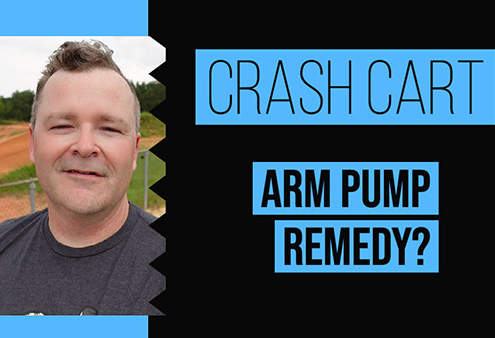
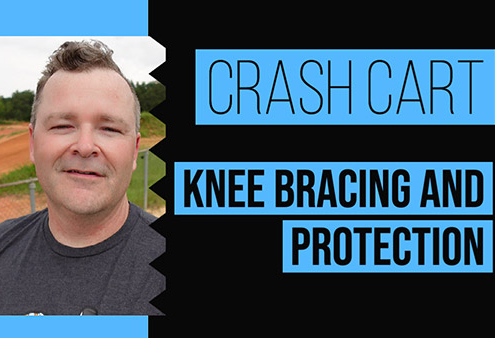
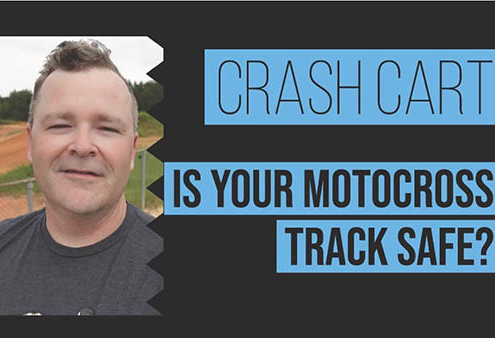
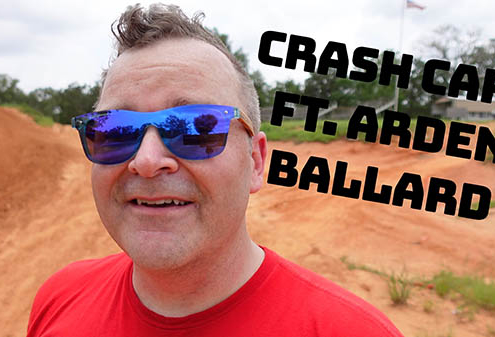
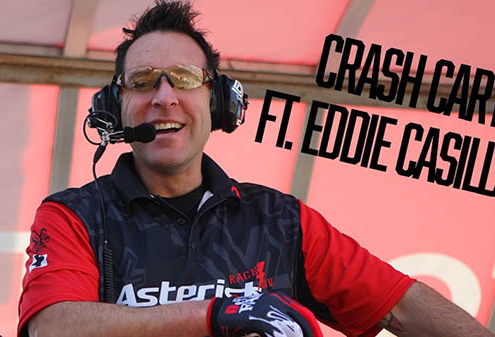
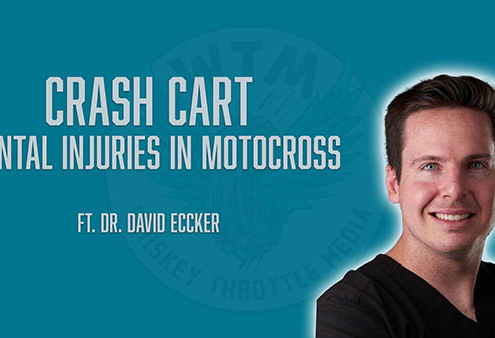
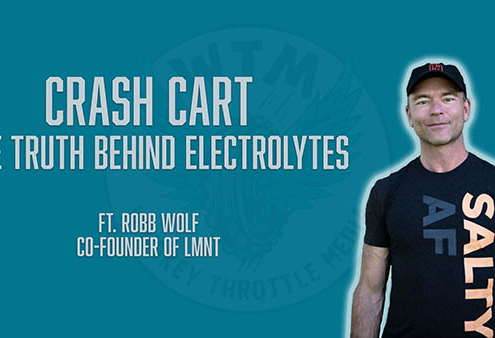
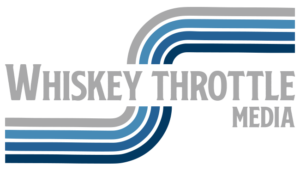

I’m happy to answer questions!
Great article. Complex issue when it comes to these athletes wanting to return to their sport.
It really is. And there’s no correct answer across the board. It’s really a case by case situation. Thanks for reading.
Great information here.
Appreciate it!